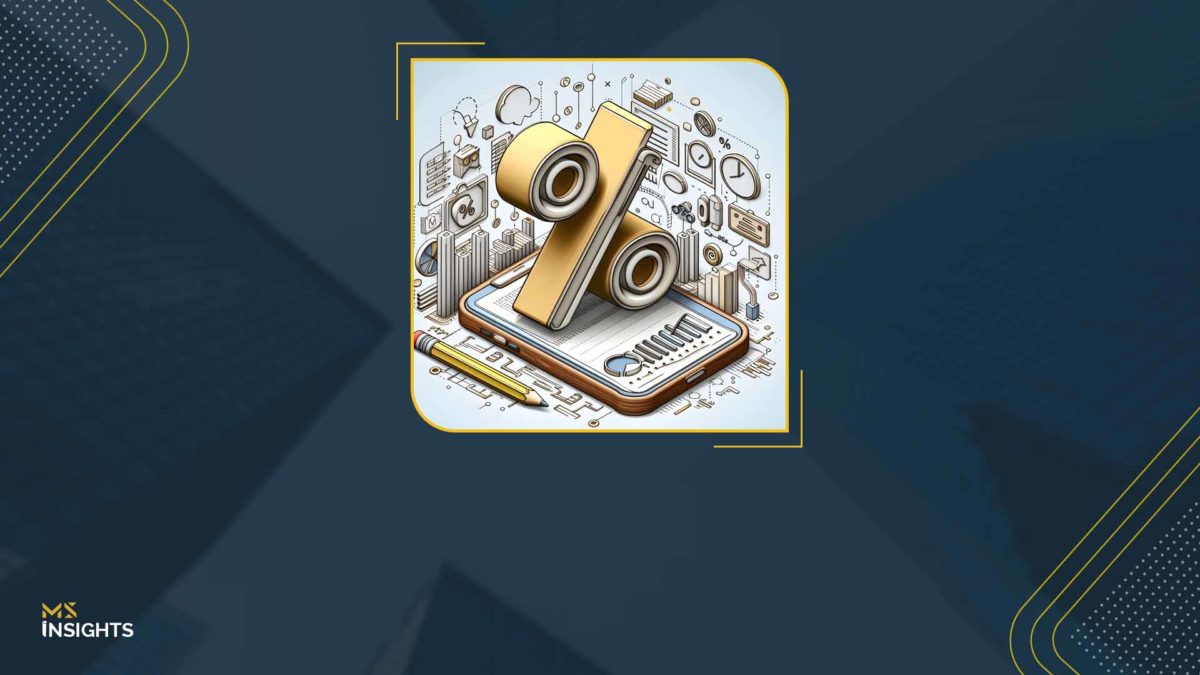In M&A transactions, the price tag isn’t always set in stone. It’s shaped, adjusted, and sometimes even redefined through purchase price mechanisms. These ensure fairness, manage risk, and create alignment between buyers and sellers.
Let’s delve into the importance of purchase price mechanisms in M&A, critical factors that guide the selection of purchase price mechanisms and provide actionable insights to help you choose the optimal strategy for your next M&A deal.
The Importance of Purchase Price Mechanisms in M&A
The primary objective of a purchase price mechanism is to establish a clear and equitable method for determining the final purchase price. This ensures fairness by providing a transparent structure for adjusting the price based on various factors, such as the company’s performance or changes in its financial condition. Key goals of purchase price mechanisms include:
- Fair Value: Ensuring both parties get a price that reflects the true value of the business.
- Risk Allocation: Distributing the risks between the buyer and the seller, particularly with respect to future uncertainties.
- Transparency: Providing clarity on how the price will be adjusted, avoiding disputes post-deal.
Key Components of Purchase Price Mechanisms
- Base Purchase Price: This is the agreed-upon price before any adjustments. It serves as the foundation for the deal.
- Adjustments: These are price adjustments made based on specific financial metrics at the time of closing, such as:
- Working Capital: Ensures the company has the expected level of operating capital.
- Debt: Adjustments for any outstanding debts or liabilities.
- Cash: Reflects the company’s available cash or cash equivalents at the time of the deal.
- Contingent Considerations: These are future payments that depend on certain conditions being met, such as:
- Earnouts: Payments contingent on the business reaching certain financial targets post-acquisition.
- Milestones: Payments tied to the achievement of specific business goals.
Why Purchase Price Mechanisms in M&A Matter
- Managing Buyer-Seller Expectations: Clear mechanisms help both parties understand how the price may change, reducing the potential for misunderstandings and disputes.
- Addressing Financial Uncertainties: Deals are often based on projections, which can be uncertain. Purchase price mechanisms in M&A allow for adjustments that reflect real-time financial performance, reducing risk for both sides.
- Aligning Incentives Post-Deal: Mechanisms like earnouts align the interests of the buyer and seller, as the seller may still benefit from the business’s success after the deal closes.
Types of Purchase Price Mechanisms
1. Locked Box
In a locked box structure, the purchase price is agreed upfront, with no adjustments at the time of closing. The buyer typically agrees to pay the agreed price based on the financial condition of the business at a specific “locked box” date. This method is often used when the buyer and seller are comfortable with the financial position of the business and want to avoid post-deal adjustments.
- Advantages:
- Predictability: Both parties know the final price from the outset.
- Simplicity: No need for post-deal price adjustments.
- Risks:
- Risk to the buyer: If the company’s financial condition worsens post-signing, the buyer cannot adjust the price.
- Limited flexibility for addressing unforeseen financial issues.
2. Completion Accounts
Under this mechanism, the purchase price is adjusted after the deal closes based on the company’s financial position at completion. The buyer and seller typically agree on how adjustments will be made to account for changes in working capital, debt, and cash. This is common when there is uncertainty about the company’s financial position at the time of signing, and both parties want the final price to reflect the actual performance at closing.
- Advantages:
- Fairness: Adjusts the price to reflect the actual financial state at closing.
- Flexibility: Helps accommodate any changes in the business between signing and closing.
- Risks:
- Potential disputes over the financial figures and adjustments.
- Complexity and delays in finalizing the price.
When it comes to purchase mechanisms in M&A, there other contingent strategies like escrow, earnouts, holdbacks, and milestones are tailored to meet specific transaction goals and adapt to market dynamics.
Factors to Consider When Choosing Purchase Price Mechanisms in M&A
- Deal Complexity: Larger, more complex deals often need mechanisms like completion accounts or escrow for detailed adjustments.
- Trust Level: High trust between parties favors simple mechanisms like locked box, while low trust calls for completion accounts.
- Industry Practices: High-growth sectors often use earnouts, while stable industries lean toward locked box mechanisms.
- Risk Tolerance: Buyers with low risk tolerance prefer holdbacks or escrows, while sellers may favor upfront certainty.
- Legal and Tax Considerations: Jurisdictional rules and tax impacts can heavily influence the choice of mechanism.
At MS, we provide expert guidance on structuring and implementing purchase price mechanisms in M&A transactions. Backed by years of experience in the UAE and global markets, we tailor strategies to align with your business objectives, regulatory requirements, and deal dynamics. Partner with MS to secure fair, transparent, and value-driven outcomes in every transaction.
